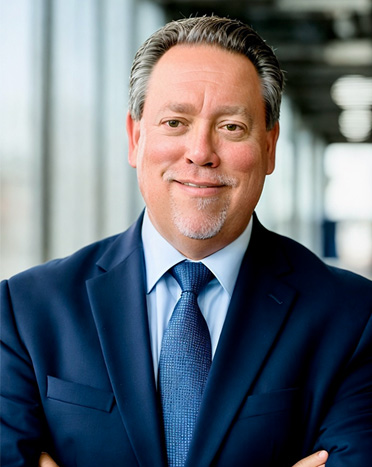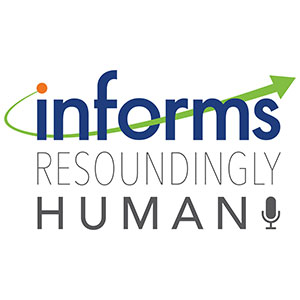
More senior living communities are following in the footsteps of Edelman Award winning Holiday Retirement
The country's largest senior living operator, Brookdale, is following in the footsteps of the country's largest independent living operator, Holiday Retirement, by rolling out a new pricing model that can tailor rent levels to individual communities and units within them. It's the same pricing system for which Holiday Retirement and Prorize received the 2017 Franz Edelman Award for Achievement in Operations Research and the Management Sciences in April from INFORMS, an international association for operations research and analytics professionals.















